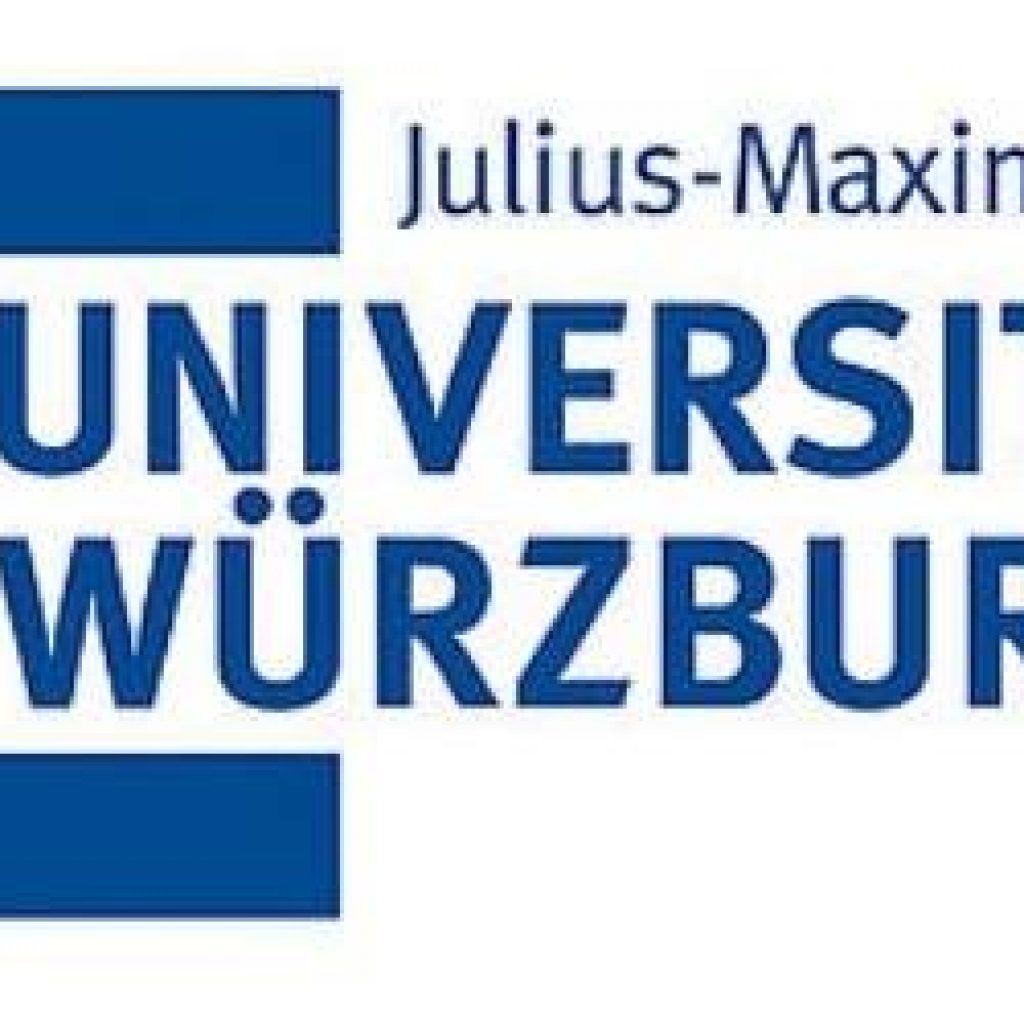(Phys.org) A team from the Institute of Physics at Julius-Maximilians-Universität (JMU) Wuerzburg in Bavaria, Germany, succeeded in creating spin defects, also known as qubits, in a layered crystal of boron nitride and identifying them experimentally about a year ago.
Recently, the team led by Professor Vladimir Dyakonov, his Ph.D. student Andreas Gottscholl and group leader PD Dr. Andreas Sperlich, succeeded in taking an important next step: the coherent control of such spin defects, and that even at room temperature. Despite the pandemic, the work was carried out in an intensive international collaboration with groups from the University of Technology Sydney in Australia and Trent University in Canada.
“We expect that materials with controllable spin defects will allow more precise measurements of local electromagnetic fields once they are used in a sensor”, explains Vladimir Dyakonov.
The JMU team’s next goal is to realize an artificially stacked two-dimensional crystal made of different materials, including a spin-bearing component. The essential building blocks for the latter are atomically thin boron nitride layers containing optically active defects with an accessible spin state.
What does this have to do with sensor technology? The direct atomic environment in a crystal influences the manipulated spin state and can greatly shorten its coherence time.
International Research Makes Progress Towards Improved Materials for Quantum Sensor Technology
